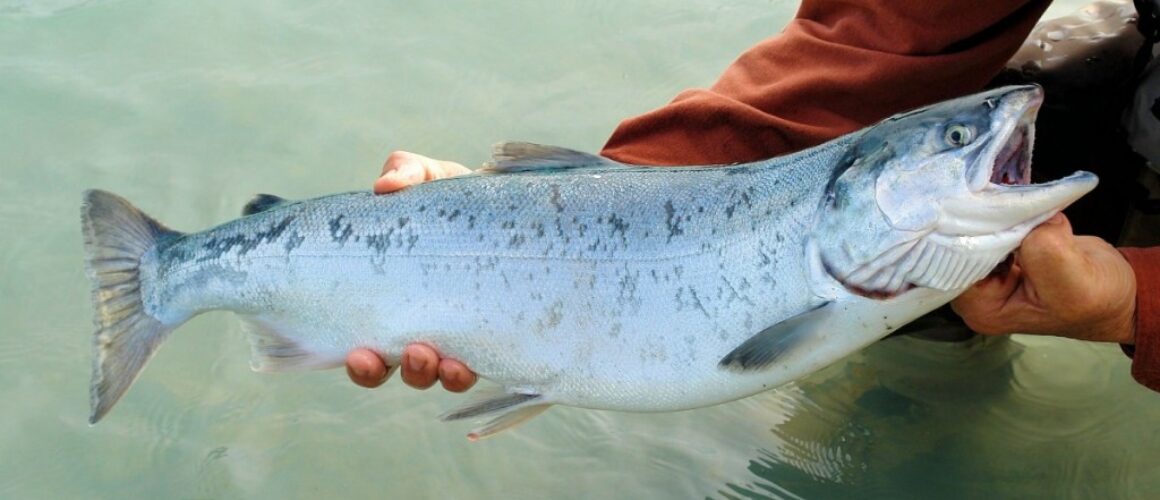Drugs Found in Puget Sound Salmon
We recently interviewed ag and food journalist Carey Gillam for our podcast, Take Out. She’s been a journalist for twenty years, most recently with Reuters, as a senior correspondent that covered the agrochemical industry.
As we were wrapping the interview, she said, “We need a food agency that can conduct the independent science to know whether our food is safe.”
Nothing could be more urgent.
In a new study called “Contaminants of Emerging Concern” published in the journal Environmental Pollution, researchers studied salmon in the Puget Sound, from locations that had wastewater treatment plants located nearby.
What they found is jaw dropping. Not only was the water contaminated, but they also found an incredible number of contaminants in the fish.
According to Take Part, Puget Sound has 106 wastewater treatment plants that discharge into local waters. It’s estimated they spew about 267 pounds of drugs and chemicals into the sound every day, or nearly 100,000 pounds a year. Even more contaminants enter the water from leaking septic systems, industrial facilities, and agricultural runoff.
Of the hundreds of chemicals likely present in the Puget Sound ecosystem, only a small percentage are monitored or regulated, the study authors found, and there is little or no environmental toxicity information for the vast majority of these compounds.
So why is this happening? Because discharges of most of these chemicals are neither monitored nor prohibited, and different wastewater treatment plants use different techniques to filter their effluent. Some do a better job than others.
So what kinds of drugs were in the salmon?
Drug concentrations included amphetamines; Benadryl; antibiotics; the antidepressants Prozac, Zoloft, and norfluoxetine; a calcium channel blocker called diltiazem; hormones such as estrone and testosterone; the cholesterol medication Lopid; and the antifungal miconazole.
We can do so much better than this. We have to. The health of our country is on the line.
You can read more here and a link to the study can be found here.
